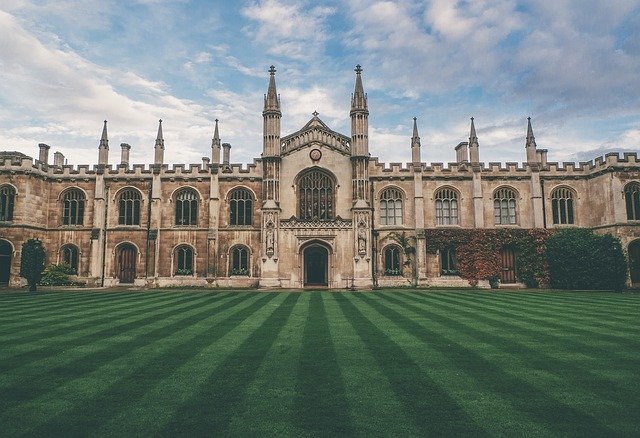
It's hard to believe that once upon a time, only the rich and famous could afford to have a lawn. Nowadays, most family homes have a garden, and if they don't, there's usually a communal park or green area only a short walk away.
Hundreds of years ago, having a lawn at the front of your property was a status symbol (much like having the latest iPhone is today) but not many people know why lawns were so symbolic of status. Was there something special about these lawns that made them so different to ours? Surprisingly not! Let's find out how lawns became a status symbol and why...
The very first "lawns"
Let's start at the very beginning, which in this case is the 16th Century. During this period, lawns were appearing around the castles in England and France, but not as status symbols. Lawns of this period played a very different role! We all know that castles were erected to provide protection to the wealthiest people, usually royalty, but it wasn't always easy to predict or see when an enemy was approaching. To remedy this, castle owners had large swathes of the ground around the property cleared to improve visibility.
The lawns we see in the UK are cultivated using a variety of grass species, but back in the 16th Century, it wasn't uncommon for these large open areas to contain a mixture of chamomile and thyme. These plants were a little easier to maintain in comparison to grass. I mean, can you imagine being the groundsman of a lawn that spanned the entire perimeter of a castle... without a lawnmower!! It would've been an impossible task.
Lawns for the wealthy
At the turn of the 17th Century, lawns were becoming more popular amongst the wealthy aristocrats across Europe, with designers of mansions and palaces like Versailles incorporating lawns into the grounds. Back in those days, anyone who was rich enough to own land was considered extremely wealthy, and landowners quickly realised that using their land recreationally, rather than for farming, could use their lawns as a status symbol. At a time when food was scarce and we relied on local farmers much more, being able to afford land for pleasure was a big deal.
Lawn maintenance
We've already touched on the difficulties of maintaining a lawn during the 16th and 17th Centuries, so again, having a lawn that was well maintained showed that you had plenty of money - or at least enough money to hire people to care for it! It wasn't until the mid-1800s that an early form of the conventional lawnmower was invented. This made garden lawns far more accessible to the masses.
For a long time after this, having a lawn was still considered a status symbol. Sure, there was technology around to help people less privileged look after a lawn, but very few people had the time, money or space to have a lawn near their property.
Read More: The History of Lawns
Modern-day lawns
Long gone are the days when lawns were preserved for the elite members of society. Now, around 87% of brits have a garden! While having a lawn has become more common, the amount of work required to maintain a lawn to a high standard has remained relatively the same. With so many lawns across the UK, it's understandable that you may need to employ a little help from time to just - just as the aristocrats of Europe would've done.
Here at Lawn and Weed Experts, we offer a variety of lawn care services that are designed to keep your garden looking fit for a king! If you've got lawn diseases, pests, weeds or moss - we can help. We'd recommend booking a FREE lawn survey so we can assess the problems and recommend the best course of treatment for you.
Book A FREE Lawn Survey >